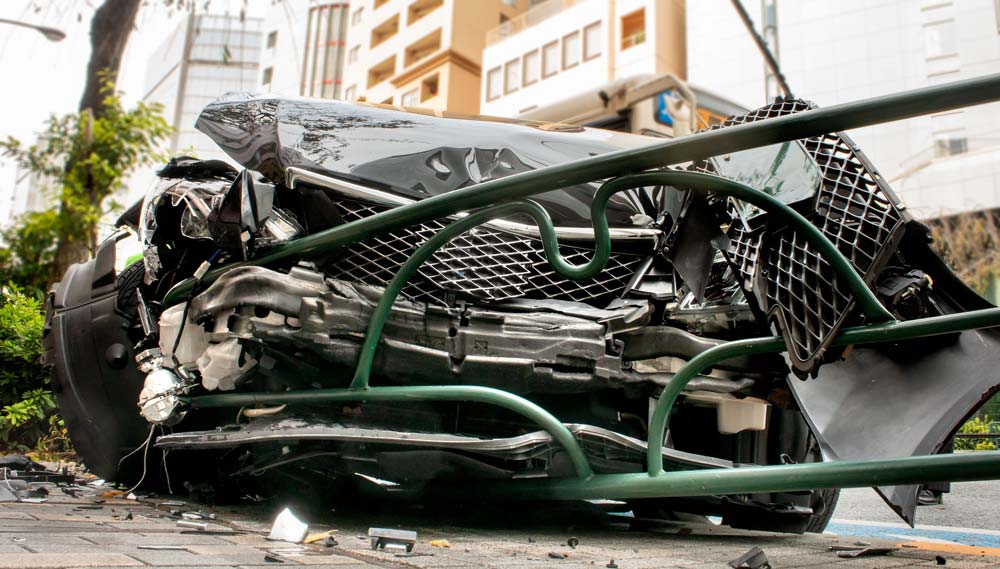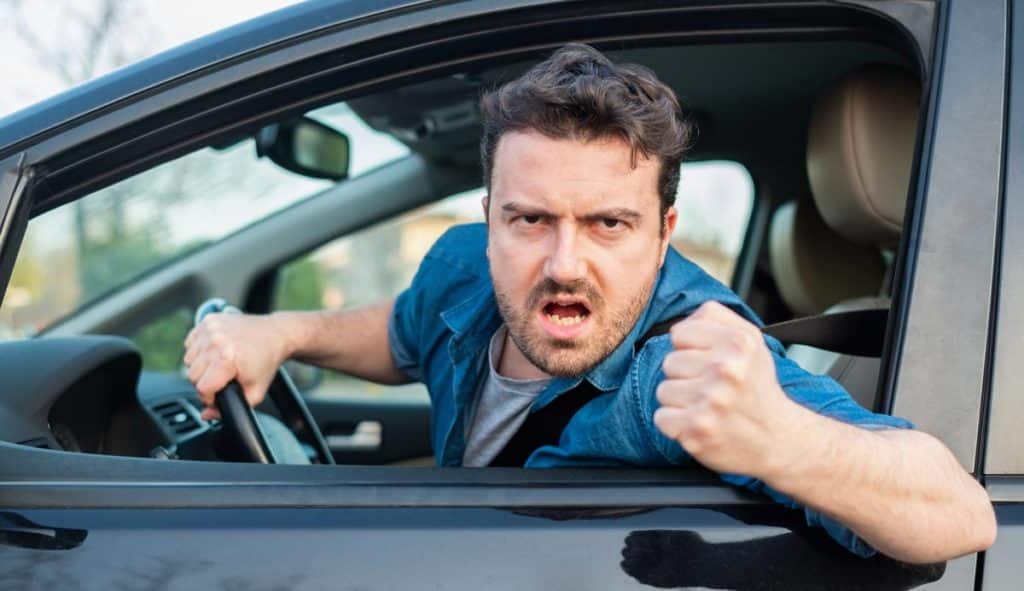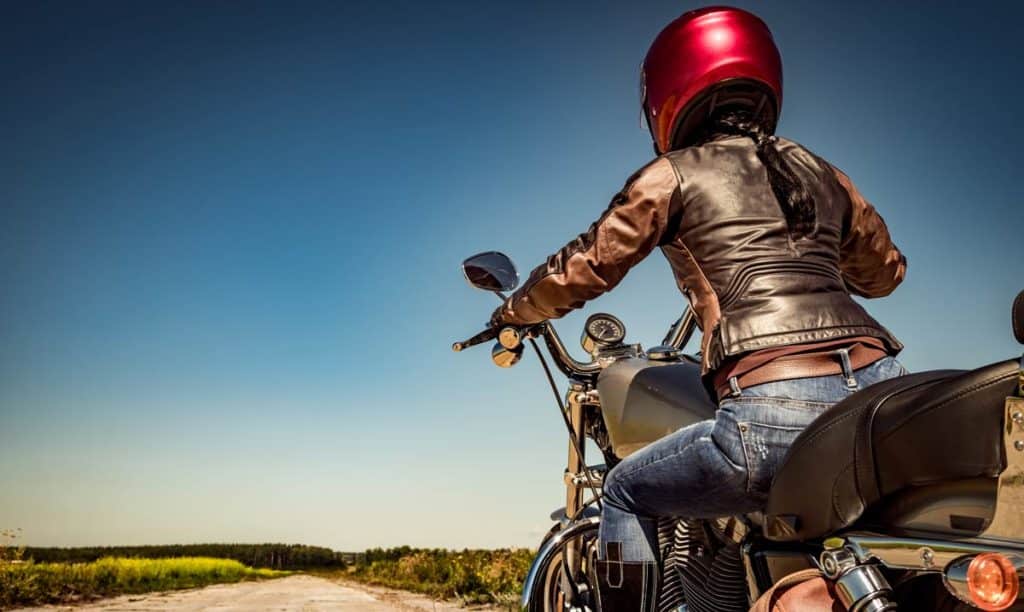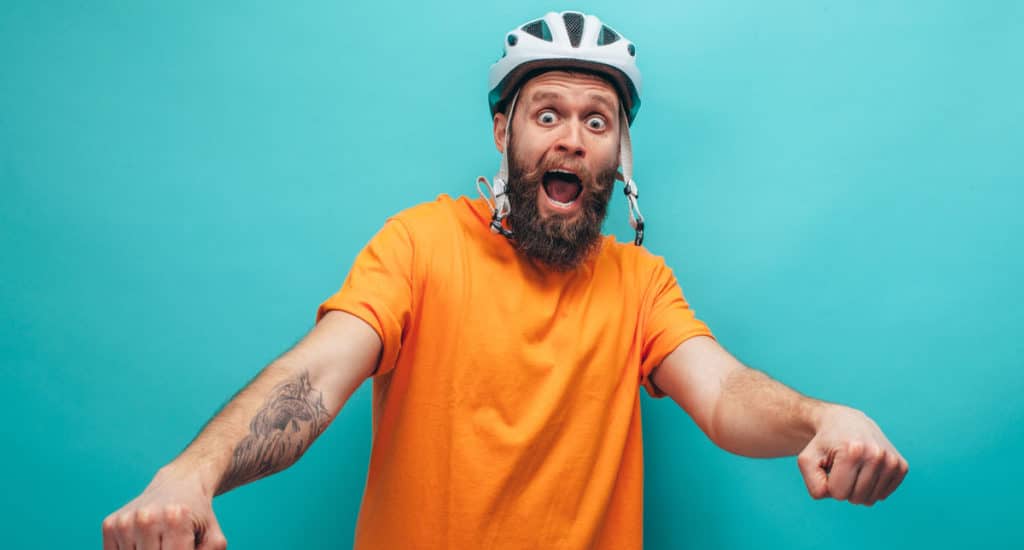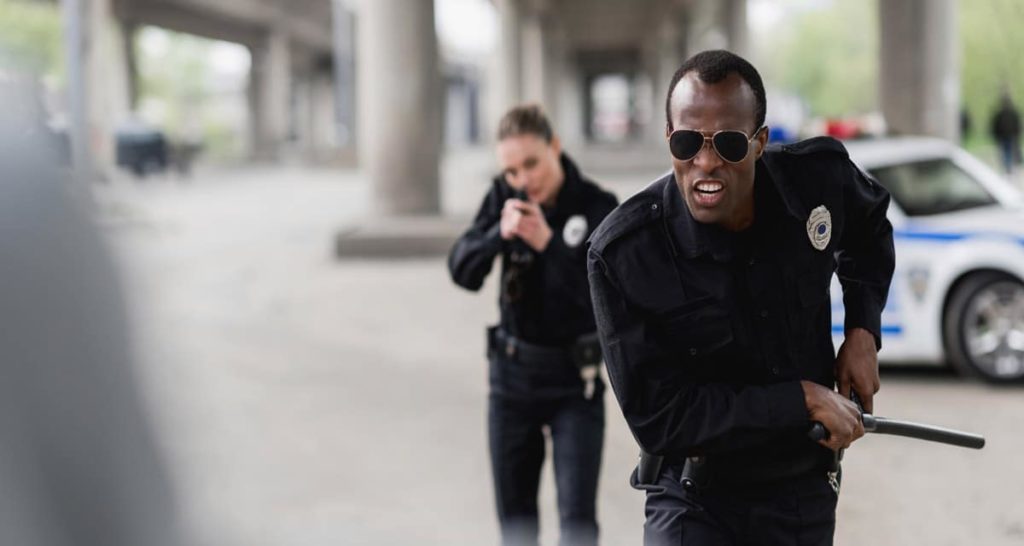Many people are trying to find moments of normality amid the ongoing COVID-19 pandemic. Over the summer, one of the most common ways people nationwide found some familiarity was by going out to eat. Not inside, of course, but outside, on “pandemic patios” set up by restaurants working to keep revenue coming in and keep their doors open during the coronavirus shutdown.
Not every restaurant is in a location where these patios are easy to create, however. Many patios in large cities are being set up on sidewalks or even in the road, in what used to be street-side parking spots. While diners seem to appreciate these patios, they aren’t without their risks.
The risk isn’t from COVID-19, either. When diners are seated so close to the road, they’re at risk of something much more mundane: getting hit by a car. This isn’t idle speculation, either. In the first six weeks of New York reopening patio dining, four accidents occurred where patio diners were hit by a vehicle. In California, the dangers are all too similar.
The Risks of Roadside Seating
While roadside dining has spread throughout California, there’s nowhere that’s taken to it quite like the Bay Area. In San Francisco, more than a hundred restaurants have converted parking spaces into dining areas. These spaces have been explicitly called out as dangerous by experts in urban design and safety.
John King, an urban design expert with the San Francisco Chronicle, calls some impromptu restaurant patios an “accident waiting to happen.” In particular, he points out: “Padlocking a few bicycle racks together won’t repel a car whose driver turns the corner too sharply.”
That’s all some restaurants have. In fact, many restaurants have little protection for their diners or have protection that isn’t as effective as the protections given to other street-side items. Donald Shoup, an expert from UCLA, suggests that ideal precautions would include at least the same types of protections given to protected bike lanes. This could include anything from parking cars between diners and traffic to installing concrete barriers.
However, even restaurants that have installed sufficient protections have seen serious accidents and injuries. One patio dining incident injured eight diners and left one in serious condition after a van barreled through the barriers the restaurant had installed. When restaurant patrons are being injured like this, it’s essential to understand who’s liable for these accidents before going out to eat.
Who’s Liable for Pandemic Patio Accidents?
There are two types of liability at play when it comes to patio car accidents at restaurants like this: premises liability and driver liability. Premises liability stems from the restaurant’s responsibility to reasonably protect its patrons from foreseeable problems and injuries. Meanwhile, driver liability comes from the driver’s duty to behave responsibly and safely behind the wheel.
Premises liability may be difficult to prove. In California, the barrier for what makes a premises owner liable is whether they took “reasonable” precautions to prevent an accident. In the case of these pop-up patios, placing barriers and visibility aids of any type may be enough to be considered “reasonable.” After all, cars should be remaining safely on the road, not veering into dining spaces of any type.
In similar cases, such as drunk drivers crashing into buildings or restaurants, liability frequently rests with the driver. The restaurant can’t predict if or when a driver is going to wind up running into barriers or driving on sidewalks, so it’s difficult to mitigate that risk reasonably. As a result, liability is likely to rest with the driver, not the restaurant, regardless of the security measures provided.
When it comes to showing that a driver is liable for a pedestrian accident, sidewalk or roadside patio diners may be in luck. Car accident liability is based on the idea of negligence. California is a comparative-fault state when it comes to car accidents. This means that drivers who cause an accident are liable for the injuries they cause to other people. However, California courts can and do divide up fault for accidents if it seems that both parties were partially responsible for an accident.
For a driver to be at fault for a pedestrian accident, they must meet the following criteria:
- The driver had a duty of care;
- The driver breached that duty;
- In breaching that duty, they caused someone else harm.
Drivers have a duty of care to drive safely. That includes staying off of sidewalks, following road markings, driving sober, and avoiding distractions while driving. If a driver fails to do this, then they have breached their duty of care, and they are acting negligently. If they harm someone else in the process, then their negligence has made them liable for the damages the other party suffered.
In some cases, pedestrians may also be considered partially at fault for an accident. For example, jaywalking on a busy street is likely to lead to a California court determining that you and the driver who hit you share responsibility for the accident. However, people who remain on the sidewalk are much less likely to face this division of liability.
For diners eating outside, this is good news. Eating in a designated outdoor area that has been blocked off by the restaurant is entirely within your rights. Any driver who does crash into an outdoor patio is likely to have been negligent in some way and will most likely be found to be liable for your injuries.
Injured in a Pandemic Patio Accident? Contact Anna Dubrovsky Law Group, Inc.
Dining out is supposed to be a relaxing, fun experience. Getting injured in a car accident while out to eat is a traumatic, stressful experience. As a diner, you expect to be safe during your meal, but you may face serious injuries from a negligent driver while eating outside. You deserve compensation for your injuries and medical bills because you are not at fault.
If you’ve been injured as a patio diner in a car accident, don’t hesitate to reach out to a personal injury lawyer in your area. They can help you understand your options and your rights regarding the accident. They can also help you work to receive the compensation you’re due. Contact us today to start the process.

